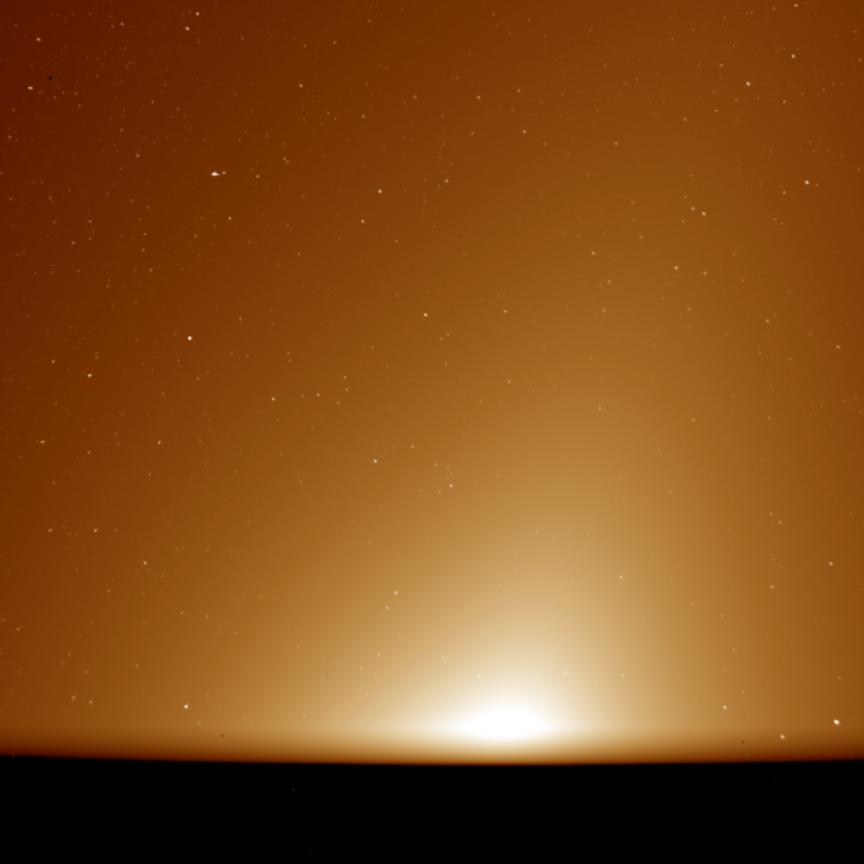Lynred, a leading global provider of high-quality infrared detectors for the aerospace, defense and commercial markets, today announces that Thales Alenia Space, a joint venture between Thales (67%) and Leonardo (33%), has contracted it to supply its large shortwave infrared (SWIR) detector, NGP (Next-Generation Panchromatic), for the CO2M mission, as part of Europe’s Copernicus program. Copernicus is the core satellite Earth observation program of the European Commission and a cornerstone of the European Space Agency (ESA) activities in the field as well.
Thales Alenia Space - contracted by OHB System, the prime contractor of the CO2M (Carbon Dioxide Monitoring) project - will integrate Lynred’s NGP SWIR detector in a spectral imager instrument. The spectral imager is designed to measure the quantity of CO2 gas in the Earth’s atmosphere generated by human activity. As part of the payload, Lynred will participate in playing a key role in studying the causes of climate change and monitoring it.
“Thales Alenia Space has a long track of record of using Lynred infrared technology and detectors in space projects. Given its space heritage and the availability of the NGP detector, Lynred was the logical choice for the CO2M project,” said Jean-Philippe Fayret, CO2M instrument project director at Thales Alenia Space.
Previous space project contracts Thales Alenia Space has awarded Lynred include the MTG FCI (Flexible Combined Imager) and the MTG IRS (Infrared Sounder).
“Lynred is honored and excited to once more collaborate with Thales Alenia Space, this time on the CO2M mission, one of Copernicus’ major programs,” said Philippe Chorier, space business development manager at Lynred. “Our NGP is well adapted for imaging and hyperspectral applications to enhance the ability of scientists to correctly identify and characterize chemical phenomena with the right spatial accuracy. The data provided by the CO2M mission will significantly reduce current uncertainties in carbon dioxide emission estimates, at national and regional scales.”
NGP SWIR detector key features
NGP is the first large format SWIR flight model in a class higher than 1k² developed by a European firm:
- It covers wavelengths of interest in the SWIR region, corresponding to the absorption of different elements present in the atmosphere (e.g. CO2, NOx, CH4, etc.)
- The format is well suited to meeting the current requirements of spectro-imager instruments, notably the swath cover (the area imaged on the Earth’s surface) as well as the spectral resolution
- Radiometric performances are also well adapted to meet the signal-to-noise ratio parameters of the atmosphere chemistry applications required, such as in the CO2M mission
Flight models of NGP are currently deployed in instruments onboard other environmental space observation missions, showing the remarkable performance and reliability of this high-end large format SWIR detector. These missions include the Sentinel 5 ESA instrument onboard the METOP-SG platform and the French space agency CNES’ Microcarb.

